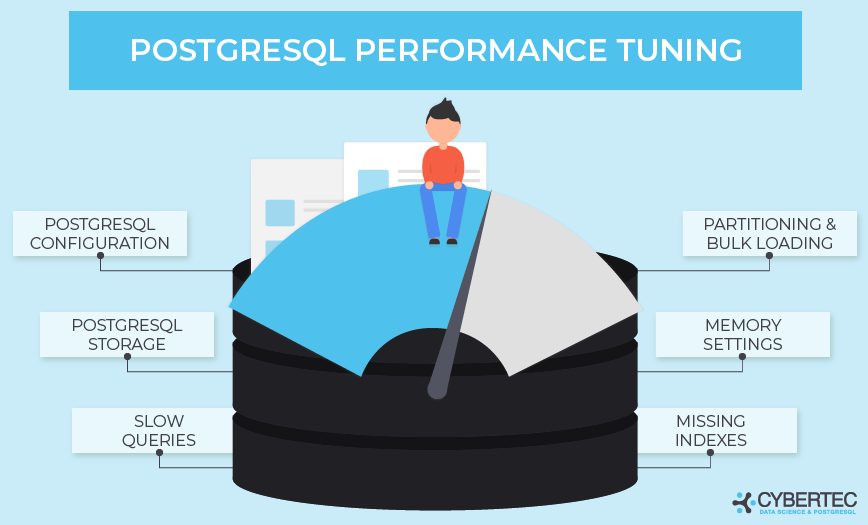How to Improve Database Performance in PostgreSQL
PostgreSQL is a powerful open-source relational database management system that offers robust features and high performance. However, as your database grows in size and complexity, you may encounter performance issues that can impact the overall efficiency of your application. In this article, we will explore various strategies to optimize and improve the performance of your PostgreSQL database.
1. Use Indexes Wisely
Indexes are essential for speeding up query performance in PostgreSQL. By creating indexes on columns frequently used in queries, you can significantly reduce the time it takes to retrieve data. However, it’s crucial to use indexes wisely and avoid creating them unnecessarily, as they can impact the performance of write operations.
2. Optimize Query Performance
Writing efficient queries is key to improving database performance. Always ensure that your queries are optimized by using appropriate indexes, avoiding unnecessary joins, and minimizing the use of expensive operations such as subqueries and aggregations.
3. Regularly Vacuum and Analyze Tables
PostgreSQL uses a process called vacuuming to reclaim storage and analyze tables to update statistics used by the query planner. Regularly running vacuum and analyze commands on your tables can help optimize performance by freeing up space and ensuring accurate query plans.
4. Tune Configuration Settings
Adjusting PostgreSQL configuration settings can have a significant impact on database performance. By fine-tuning parameters such as shared_buffers, work_mem, and maintenance_work_mem, you can optimize memory usage and disk access to improve overall performance.
5. Consider Partitioning Large Tables
If you have large tables with millions of rows, consider partitioning them to improve query performance. Partitioning allows you to divide a table into smaller, more manageable chunks, making it easier to retrieve data efficiently and avoid performance issues related to table size.
6. Monitor and Analyze Performance Regularly
Monitoring the performance of your PostgreSQL database is crucial for identifying bottlenecks and areas for improvement. Use tools like pg_stat_statements and pg_stat_activity to track query performance, identify slow queries, and optimize indexes and queries accordingly.
7. Upgrade to the Latest Version of PostgreSQL
Upgrading to the latest version of PostgreSQL can introduce new features and performance improvements that can benefit your database. It’s important to stay up-to-date with PostgreSQL releases to take advantage of optimizations and bug fixes that can enhance the overall performance of your database.
Conclusion
Optimizing database performance in PostgreSQL requires a combination of best practices, regular maintenance, and monitoring. By following the strategies outlined in this article, you can improve the efficiency and speed of your PostgreSQL database, ensuring smooth and reliable performance for your applications.
